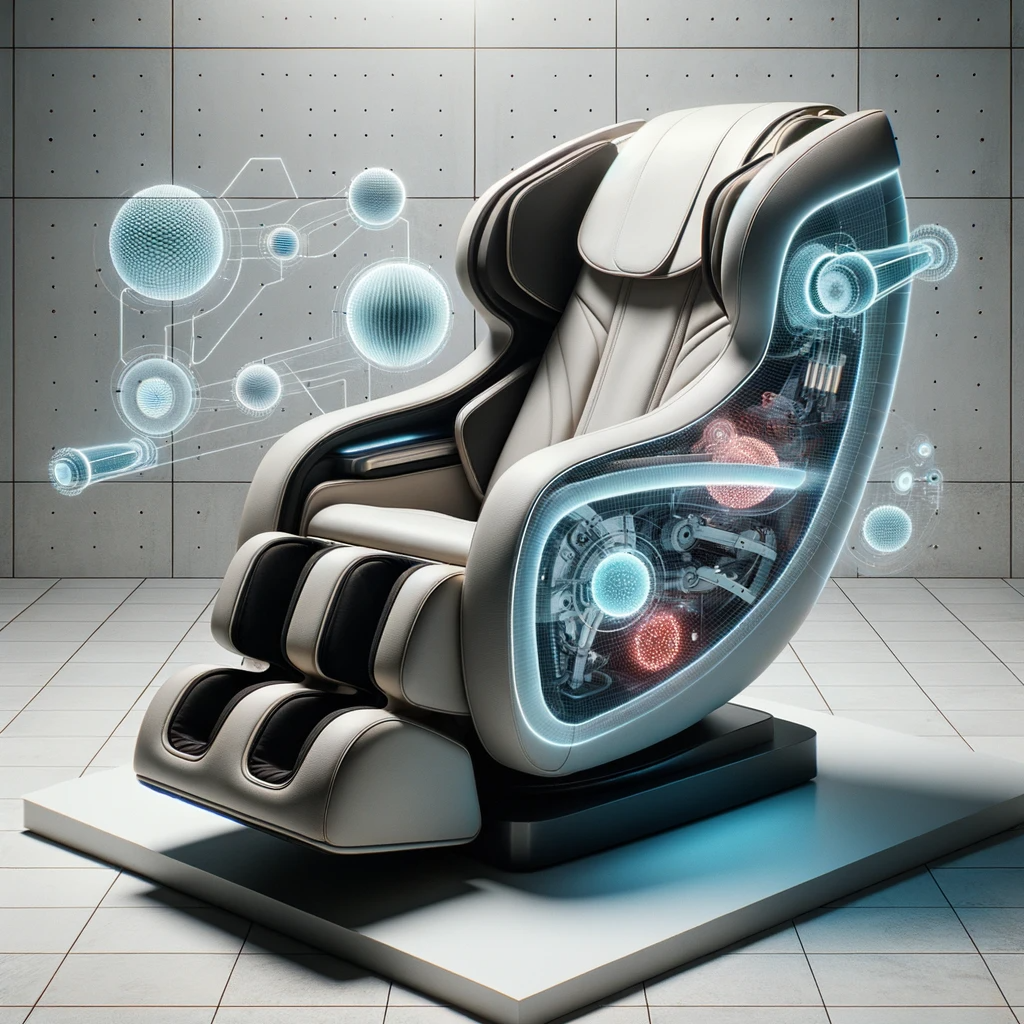The Mechanics Behind the Magic: How Massage Chairs Work
Many of us have relished the soothing experience of a massage chair, but few stop to consider the engineering marvel beneath the surface. Today, we’re taking a closer look at the intricate mechanics and design principles that answer the question: How massage chairs work? Ready for a journey from the surface to the core of your favorite relaxation tool?

Understanding the Basics
Before diving deep into the mechanics, it’s essential to understand the basic premise of a massage chair. At its core, a massage chair replicates the techniques and motions of a human masseuse. The challenge? Designing technology that can not only imitate human touch but also adapt to a user’s unique anatomy and preferences.
Airbags vs. Rollers: The Main Components
The heart of any massage chair lies in its ability to create pressure and motion. Two primary mechanisms make this possible:
- Airbags: These inflatable bags expand and contract, mimicking various massage techniques like kneading and tapping. Strategically placed throughout the chair, airbags help with muscle relaxation and improved blood circulation.
- Rollers: Often found in higher-end models, rollers move in patterns determined by the chair’s programming. They can emulate more complex massage techniques, creating a deeper and more precise massage experience.
Range of Motion: The Tracks
The path or “track” that the rollers follow plays a vital role in determining the type of massage one gets. There are primarily three types of tracks:
- S-Track: This mirrors the human spine’s natural curvature, ensuring the rollers massage from the neck down to the lower back accurately.
- L-Track: Extending the capabilities of the S-Track, L-Track reaches down to the buttocks, providing a more comprehensive massage experience.
- 3D/4D Tracks: These advanced systems allow rollers to move in and out, adding another dimension to the massage depth and intensity.
Customized Relaxation: The Sensors
Modern massage chairs are all about personalization. Built-in sensors detect the user’s body shape, size, and problem areas. By gathering this data, the chair can tailor its movements and pressure points to provide the most beneficial massage for the individual.
Programming the Magic: Pre-set and Manual Modes
Massage chairs come with an array of pre-set programs, catering to various needs – from full-body relaxation to focus areas like the back or shoulders. Additionally, most chairs allow manual mode, empowering users to customize their experience, choosing techniques, intensity, and areas to target.
The Future of Massage Chairs: AI and Beyond
The next frontier in the world of massage chairs is artificial intelligence (AI). Future models will not only adapt to the user’s physical needs but also their emotional state, using biometric sensors to detect stress levels and adjust massage techniques accordingly.
Conclusion
The magic of the massage chair isn’t just in the immediate relaxation it offers, but in the intricate dance of technology and design working in tandem to emulate, and in some cases, surpass, the experience of a human massage. As the lines between technology, wellness, and home appliances blur, one thing is clear: the future of relaxation is seated, and it’s more exciting than ever!


